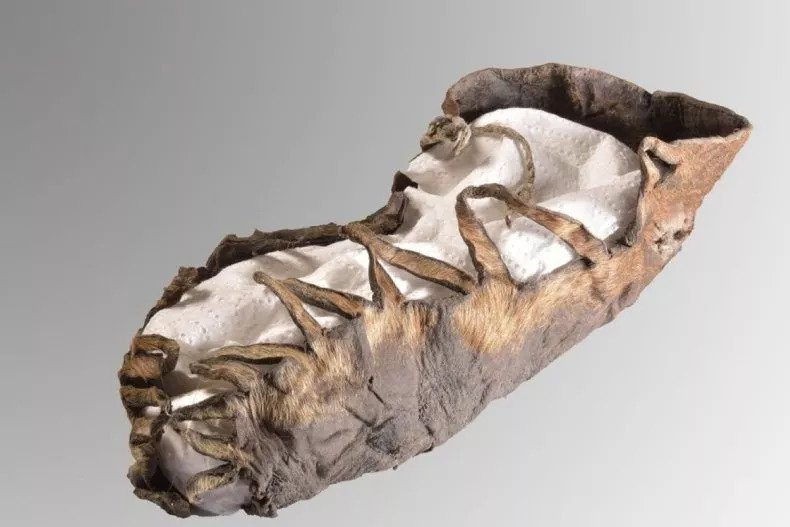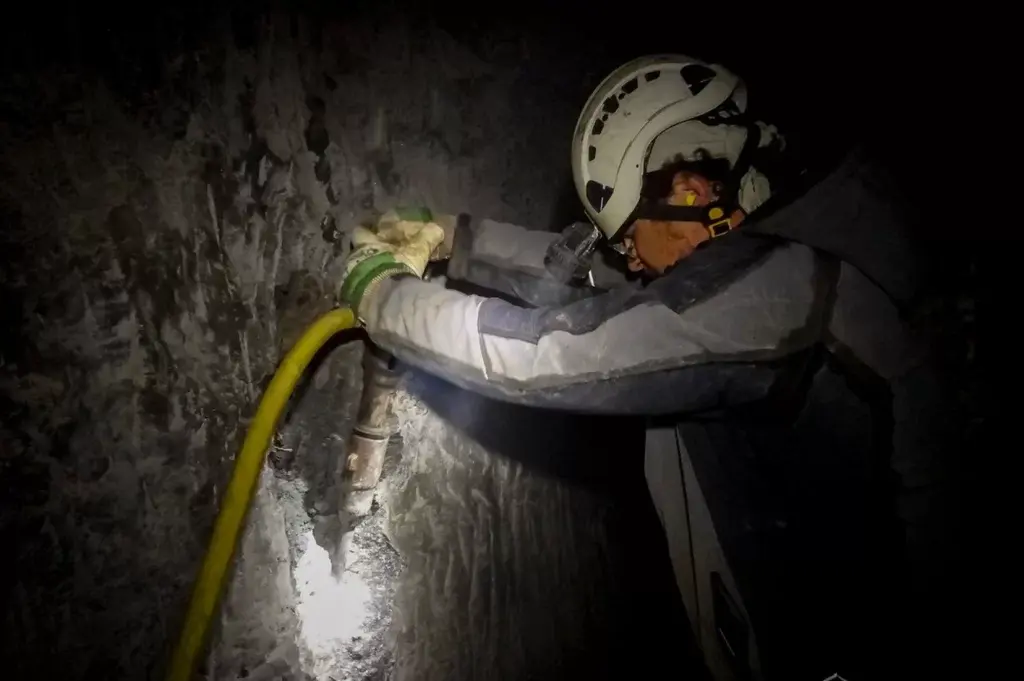Extremely well-preserved 2000-year-old child’s leather Shoe Discovered During Archaeological Mine Excavations

An remarkably well-preserved child’s shoe from the Iron Age has been found in Austria.
The discovery was made by archaeologists from the German Mining Museum in Bochum during excavations at Dürrnberg near Hallein, in an area that was mined for rock salt during the Iron Age.
The latest discovery—an “extremely well-preserved” child’s shoe—is estimated to be more than 2,000 years old, according to a press release.
It is believed that the salt in the area contributed to its preservation. The entire shape of the shoe, as well as string used to fix it onto the child’s foot, can still be seen.
It is made of leather and is the equivalent of a child’s 12.5 size shoe today.
“Our research activities at Dürrnberg have been providing us with valuable finds for decades in order to scientifically explore the earliest mining activities. The condition of the shoe found is outstanding,” research department head Thomas Stoellner said in the press release.

“Organic materials generally decompose over time. Finds like this child’s shoe…offer an extremely rare insight into the life of Iron Age miners. They provide valuable information for our scientific work,” he said.
The find is extremely rare because of the quality of its preservation. Shoes dating from the Iron Age have been found before but the child’s shoe is of particular significance, the press release reported, because it is evidence that children lived or worked underground during this period.
The design of the shoe indicates to archaeologists that it dates from the 2nd century BC.
In Central and Western Europe the Iron Age is said to have commenced at the beginning of the first millennium BC and ended with the Roman conquests of the 1st century BC. This era was marked by the production of iron tools and weapons, which replaced their bronze equivalents.
The shoe was not the only notable discovery made by the archaeologists. In the immediate vicinity, they also found a wooden shovel and what may have been a fur hood.
Excavations in the area will continue over the coming years, in the hope that they will allow researchers to learn more about Iron Age miners and how they lived.



